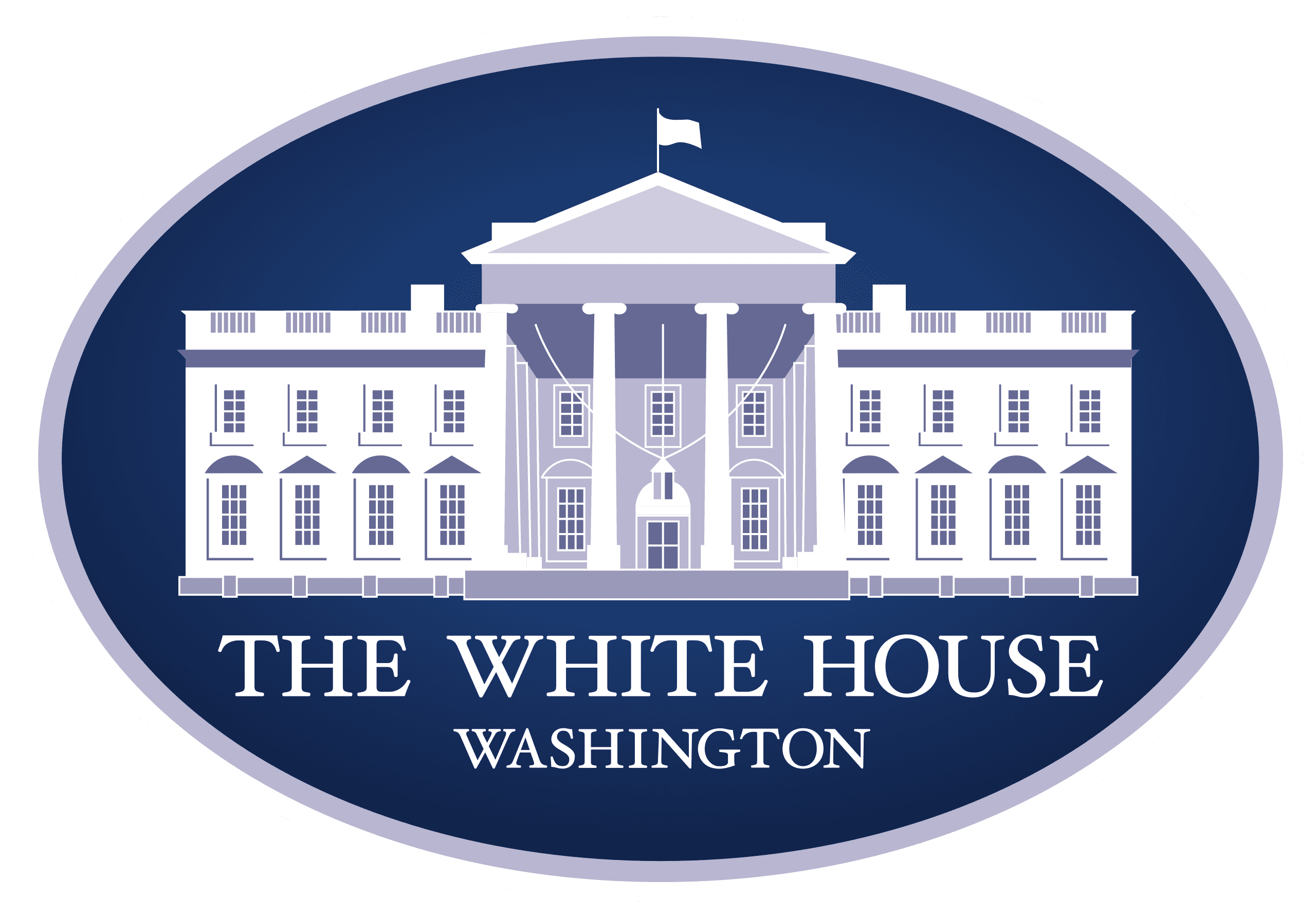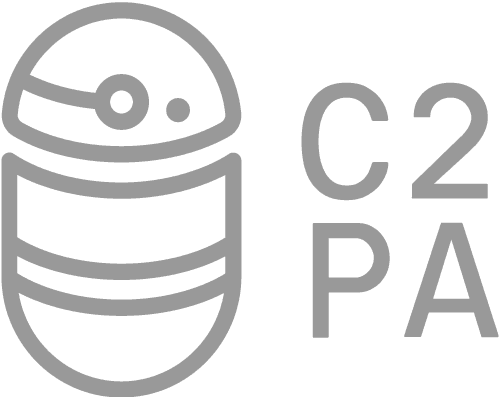News
What is Shadow Content?
Shadow Content is manipulated, deceptive or fake content issued around corporate earnings or M&A announcements. The term can also be applied to any content that shadows authentic content produced by corporations, media organizations or other parties with the goal of deceiving audiences into believing that it is real and acing upon it. Fake press releases, media articles, images or deepfake videos issued in the wake of an official announcement or publication of a story, all constitute shadow content.
A study published by The Journal of Accounting & Economics in December 2024 warned of fake financial content being issued around quarterly earnings announcements. Shadow content is an emerging issue around mergers and acquisitions.
Although it is not a new phenomenon, the generation of shadow content is being accelerated by the adoption of generative artificial intelligence and agentic tools designed to automate its generation and dissemination at scale within a short time of the publication of authentic content.
The term shadow content both captures the way content is being produced and the dark corners of the increasingly AI-content driven internet from where it originates. Shadow content is both designed to mislead audiences into believing it is authentic, propagate misinformation and disinformation, create opportunities for financial fraud and potentially move markets.
When fake announcements appear authentic and are acted upon, the financial consequences can be severe. The stock price of the company may be at risk, corporate investors decieved, clients defrauded, and reputations damaged.
According to Pew Research, 73% of Americans have been subject to cyberattacks – much of which is based on content that looks authentic and that fits the definition of shadow content.
A significant consequence detailed in an article by Tauth Labs CEO Simon Erskine Locke on “Shadow Content” in the communications trade publication, CommPRO, is the erosion of trust in digital content.
“Shadow content is just one more way in which trust in digital content is being eroded one fraudulent document or deceptive deepfake video at a time. If we cannot trust what we receive on the web, in our inboxes or on our phones, authentic content will also be questioned. If content is not trusted, no one will act on it.”
Locke has made the case that the war to prevent shadow and fake content has been lost with the widespread availability of generative AI tools. “The focus now needs to be on helping audiences know what is authentic and finding ways to ensure that this is prioritized on the internet.”
Content provenance authentication using the C2PA technology standard developed by the world’s leading technology and media companies and an emerging ecosystem of companies, including Tauth Labs, provides a way for companies, organizations and governments to build into digital documents, images, audio and video a way to confirm their authenticity and provenance.
Content authentication builds a form of digital identity certificate into individual pieces of content that can be validated by recipients, search engines, LLMs and content aggregators.
Shadow content poses financial and reputational risk to companies issuing content. It is a significant threat to clients and consumers.
Content authentication using C2PA standards does not prevent the creation of shadow content, but is the basis for a set of new tools to be able to identify what is real and what is fake and, critically, to build into technology infrastructure a way to prioritize authentic content in ways that increase both the safety of, and trust in, digital content which is foundational to the continued function of the digital economy.
Content Authentication Adoption Worldwide
See what we written lately
Request an invite
Get a front row seat to the newest in identity and access.

















